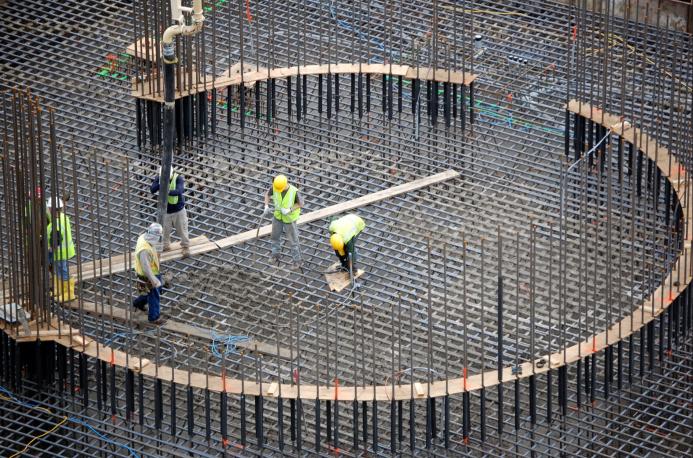Why clients hold the key to concrete’s low-carbon future
If you want to shift the concrete industry toward lower carbon, safer and better-performing products, don’t just look at specifiers or subcontractors. Look at the client.
That’s the argument made in the Construction Client Guide: Leading Projects in the Built Environment, recently published by the Chartered Institute of Building (CIOB). While not new, the guide is gaining traction in light of major procurement and building safety reforms — and it could have significant consequences for materials suppliers and concrete producers.
Backed by clients, contractors and consultants alike, the free guide positions construction clients as the people with the most power — and often the least structured support — when it comes to driving long-term outcomes.
“Getting the client side of a project right is vital to help improve the quality and safety of the built environment,” said Mike Reader MP at the guide’s launch in Parliament earlier this year. Reader, the new chair of the All-Party Parliamentary Group for Excellence in the Built Environment, has formally endorsed the CIOB publication and urged clients to “ask the right questions” and “make decisions that stand the test of time.”
So what does that mean for the concrete sector?
In short: early engagement. The guide encourages clients to take responsibility not just for cost and programme, but for whole-life outcomes — including the carbon footprint, durability, and safety performance of the building fabric. It argues that long-term value is inseparable from the early choices clients make, including the concrete products and systems they approve.
The guide includes updated sections on the Procurement Act 2023, the Building Safety Act 2022, digital information management, and risk. Crucially, it challenges the idea that financial value sits above everything else — and encourages clients to adopt a broader lens that includes environmental and social performance.
For suppliers of precast, ready-mix and low-carbon concrete, this shift in client thinking presents both a challenge and an opportunity. Clients who are better equipped to lead will be better equipped to ask for meaningful credentials: EPDs, material passports, safe handling data, and independently verified carbon metrics.
Amanda Williams, CIOB’s head of environmental sustainability and co-author of the report, puts it plainly: “Time is running out to deliver on these goals, so we must accelerate action now.”
And that acceleration starts with the brief.
The guide is available free via CIOB’s website and is aimed at both public and private clients, as well as those in supporting roles across the built environment.

